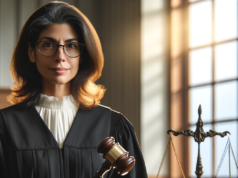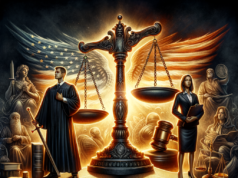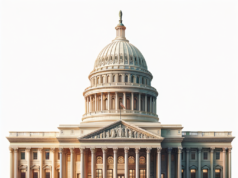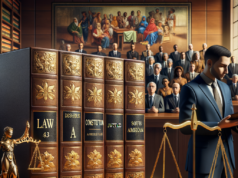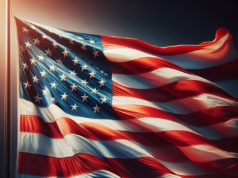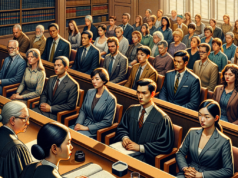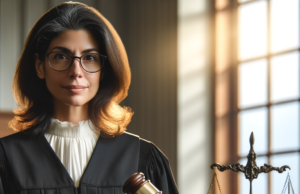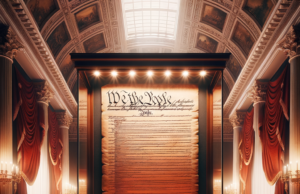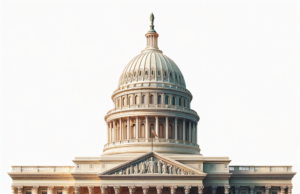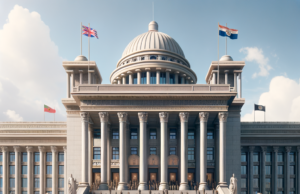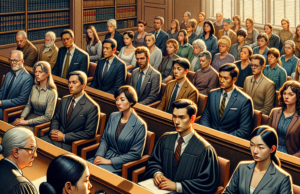Contents
- 1 Understanding the Historical Context of Gun Laws in Colorado: A Comprehensive Overview
- 2 Key Legislative Changes: Analyzing Recent Amendments to Colorado’s Gun Regulations
- 3 The Impact of Colorado’s Gun Laws on Public Safety and Crime Rates: A Statistical Review
- 4 Controversial Provisions: Examining the Most Debated Aspects of Colorado’s Gun Legislation
- 5 Perspectives from Stakeholders: Voices from Lawmakers, Advocates, and Citizens on Gun Laws
- 6 Future Directions: Anticipating Potential Reforms and Challenges in Colorado’s Gun Policy Landscape
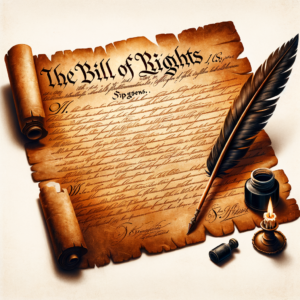
In recent years, Colorado has emerged as a focal point in the national debate surrounding gun laws, with its regulations often reflecting broader societal tensions regarding gun ownership, public safety, and individual rights. As lawmakers grapple with the complexities of gun legislation, understanding the historical context, recent amendments, and the impact of these laws on public safety becomes crucial. This article delves into the intricate landscape of Colorado’s gun laws, exploring their evolution, effectiveness, and the ongoing discourse among various stakeholders.
Understanding the Historical Context of Gun Laws in Colorado: A Comprehensive Overview
Colorado’s gun laws have evolved significantly over the past century, shaped by a combination of local culture, historical events, and national trends. The state’s early gun regulations were largely permissive, reflecting the frontier spirit and the importance of firearms for hunting and self-defense. However, the tragic events of the Columbine High School shooting in 1999 marked a pivotal moment, prompting a reevaluation of gun policies. In the years that followed, Colorado witnessed a series of legislative changes aimed at addressing gun violence, culminating in the passage of more stringent laws in the wake of high-profile incidents, such as the Aurora theater shooting in 2012. This historical backdrop sets the stage for understanding the current regulatory framework and the contentious debates surrounding it.
Key Legislative Changes: Analyzing Recent Amendments to Colorado’s Gun Regulations
In recent years, Colorado has implemented several key legislative changes aimed at enhancing gun control measures. Notably, the 2013 legislation introduced universal background checks for all gun purchases, including private sales, and established a 15-round limit on magazine capacity. These amendments were met with both support and opposition, reflecting the state’s divided sentiments on gun control. Additionally, the state has enacted “red flag” laws, allowing law enforcement and family members to petition for the temporary removal of firearms from individuals deemed a threat to themselves or others. These changes signify a shift towards more proactive measures in addressing gun violence, although they have sparked ongoing debates about their effectiveness and implications for Second Amendment rights.
The Impact of Colorado’s Gun Laws on Public Safety and Crime Rates: A Statistical Review
The effectiveness of Colorado’s gun laws in enhancing public safety and reducing crime rates has been a subject of extensive analysis. According to data from the Colorado Bureau of Investigation, the state has seen fluctuations in gun-related homicides and suicides, with some studies indicating a slight decrease in gun violence following the implementation of stricter regulations. However, critics argue that these laws have not significantly impacted overall crime rates, pointing to persistent issues related to illegal gun trafficking and the challenges of enforcing existing regulations. A comprehensive statistical review reveals a complex picture, suggesting that while certain measures may contribute to improved safety, broader societal factors also play a critical role in shaping crime trends.
Controversial Provisions: Examining the Most Debated Aspects of Colorado’s Gun Legislation
Among the most contentious aspects of Colorado’s gun legislation are the universal background checks and the red flag laws. Proponents argue that universal background checks are essential for preventing firearms from falling into the hands of individuals with criminal backgrounds or mental health issues. Conversely, opponents contend that these measures infringe upon the rights of law-abiding citizens and create unnecessary barriers to gun ownership. Similarly, the red flag laws have faced criticism for potential misuse, with concerns about due process and the subjective nature of determining a person’s threat level. These controversial provisions highlight the ongoing struggle to balance public safety with individual rights, underscoring the complexities inherent in gun legislation.
Perspectives from Stakeholders: Voices from Lawmakers, Advocates, and Citizens on Gun Laws
The discourse surrounding Colorado’s gun laws is enriched by diverse perspectives from lawmakers, advocacy groups, and citizens. Proponents of stricter regulations, including organizations like Everytown for Gun Safety, argue that comprehensive measures are necessary to protect communities from gun violence. Conversely, groups such as the National Rifle Association (NRA) advocate for the preservation of Second Amendment rights, emphasizing the importance of personal freedom and self-defense. Lawmakers are often caught in the crossfire, navigating the competing interests of their constituents while striving to enact effective policies. Citizens, too, express a range of opinions, with some advocating for more stringent measures and others calling for a return to more permissive laws. This multifaceted dialogue reflects the deep-seated beliefs and values that shape Colorado’s gun policy landscape.
Future Directions: Anticipating Potential Reforms and Challenges in Colorado’s Gun Policy Landscape
Looking ahead, Colorado’s gun policy landscape is poised for further evolution as lawmakers and advocates continue to grapple with the challenges of gun violence and public safety. Potential reforms may include enhanced measures for mental health support, increased funding for community safety programs, and further examination of the effectiveness of existing regulations. However, the path forward is fraught with challenges, including political polarization, legal battles over the constitutionality of certain laws, and the ongoing influence of advocacy groups. As Colorado navigates this complex terrain, the need for informed dialogue and collaborative solutions will be paramount in shaping the future of gun laws in the state.
In conclusion, Colorado’s gun laws represent a microcosm of the national debate surrounding gun control, reflecting a delicate balance between public safety and individual rights. As the state continues to confront the realities of gun violence, the historical context, recent legislative changes, and diverse stakeholder perspectives will play critical roles in shaping future reforms. Understanding these dynamics is essential for fostering informed discussions and developing effective policies that address the multifaceted challenges of gun ownership and public safety in Colorado.

